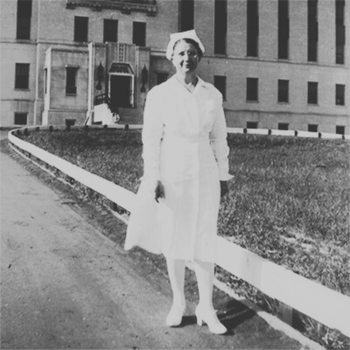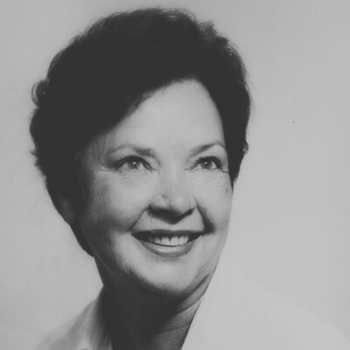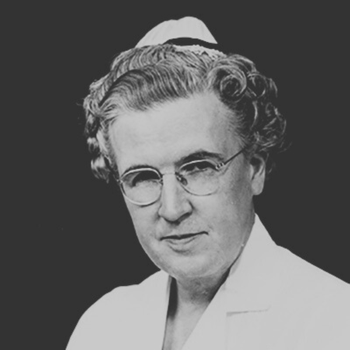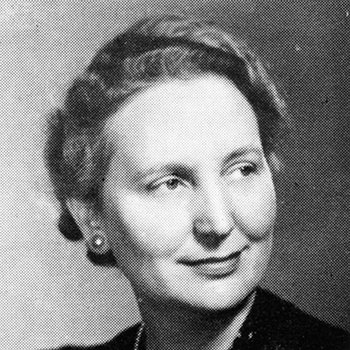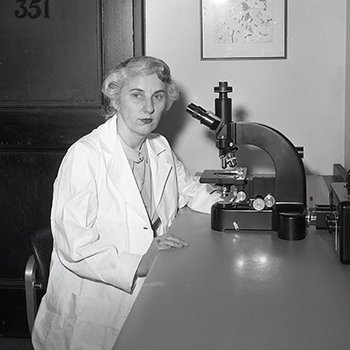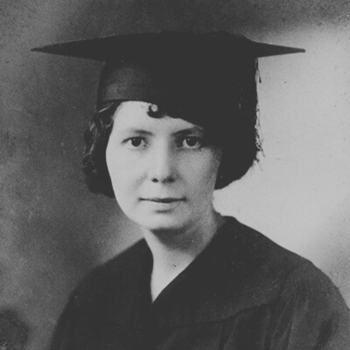<br/>

<br/>
Women as Faculty and Administrators
<br/>
<br/>
Following the Medical College’s centennial, the number of women on campus grew, both as students and as faculty and staff. Those early professors, researchers, and administrators confronted both societal and professional gender discrimination—prejudice that still persists in some circles. Despite that, the women of the Medical College, and later Medical University, have made great strides and contributions in their chosen fields.
<br/>
Even before the feminist wave of the 1960s, a number of women held prominent positions across the institution. Marguerite Andell was the longest serving Director of Nursing, serving in that role from 1924 to 1948. She was followed by Ruth Chamberlin, who was subsequently named Dean of the College of Nursing in 1956. The School of Pharmacy welcomed its first female professor, Maxine Larisey, in 1947. The next year, in 1948, Elsie Taber became the first female full-time professor in the School of Medicine, followed shortly thereafter by Isabel Lockard in the Department of Anatomy.
<br/>
The uptick in women represented at the faculty and administrative level reflects growth in the number of women enrolled in medical school nationally over the past fifty years. As more female students pursued medical education, more women entered the profession as practicing physicians, researchers, faculty, and administration. For example, before 1950, women comprised only 5.5% of students entering medical school in the United States, and twenty years later, they still only made up about 10% of medical students. The passage of Title IX of the Higher Education Act in 1972, however, prevented federally funded institutions like the Medical University of South Carolina from discriminating based on gender. As a result, the number of women enrolling in medical schools nationwide jumped to nearly 22.5% by 1974. Many of the women highlighted, ranging from Carolyn Reed, the first female faculty of the Department of Surgery, to Elizabeth Pilcher, the first female Assistant and Associate Dean, completed their medical educations in the years following Title IX.
<br/>
While women comprise only 36.3% of all doctors and surgeons nationally, and only 16% in medical school administration, women have become the majority of students at MUSC since 2018. There remain discrepancies over pay equity, accepted publication in medical journals, and equity in grant funding, but with the increasing number of women students at MUSC and other medical schools, change will become inevitable.
<br/>
Watch our video for additional information:
<br/>


